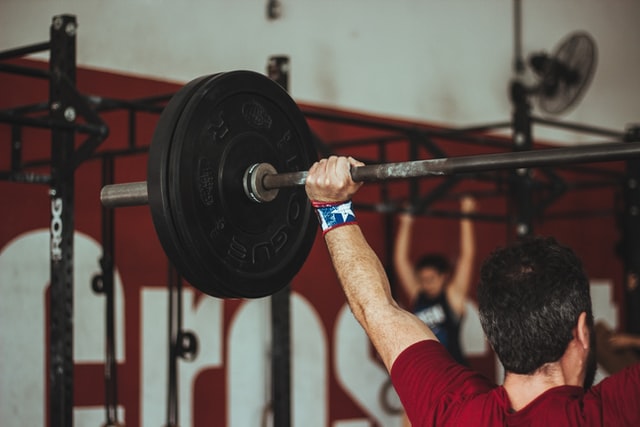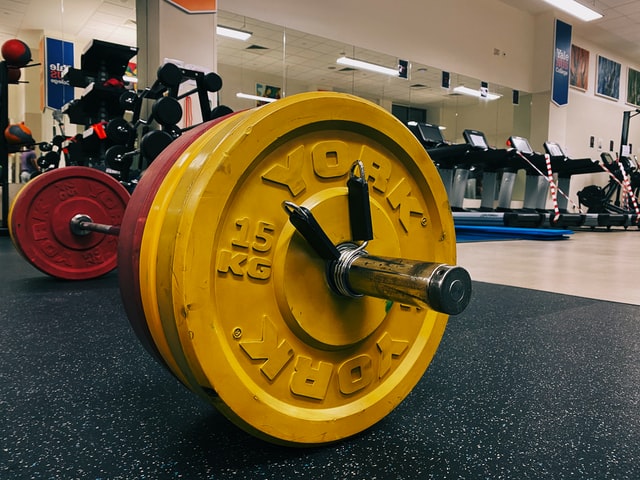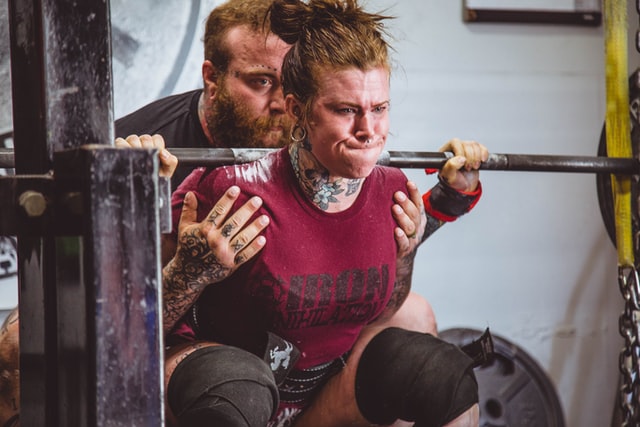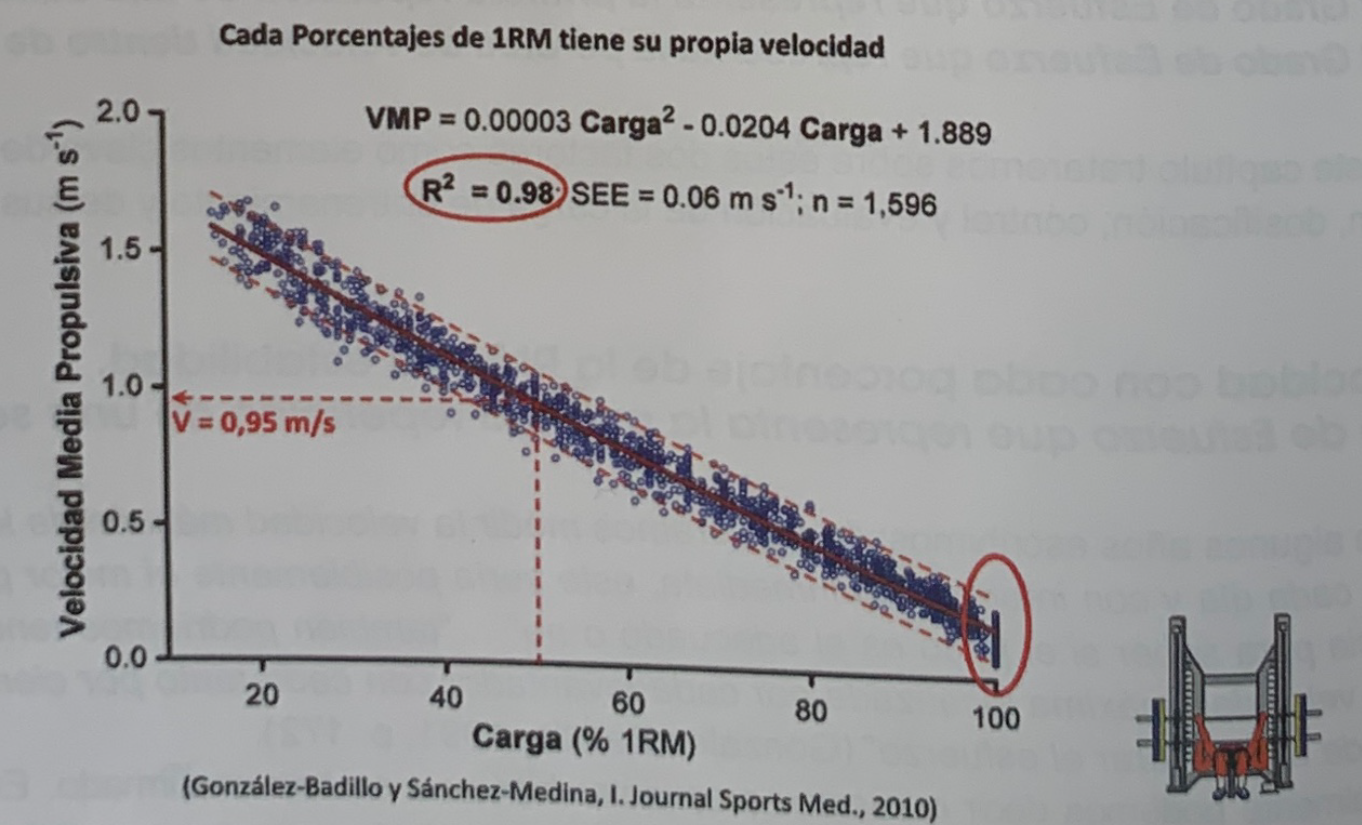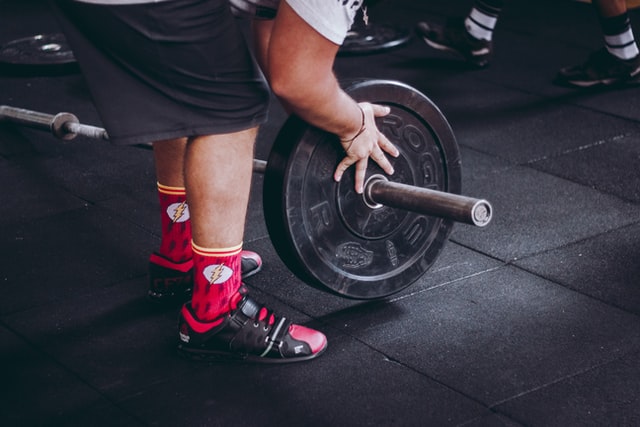Definition of sports training load
In this article, a definition of the sports training load is made in order to understand what loads we should apply in training.
In this series of articles we deal with some of the most important concepts of strength training, collecting notes from the recently published book Strength, Speed and Physical and Sports Performance written by renowned researchers Juan José González Badillo and Juan Ribas Serna.
Summary
- The load is the set of biological and psychological demands caused by training activities.
- The coach’s task is to define the load accurately and comprehensively and to control and analyze the relationship between the actual load and the proposed load as well as the performance.
- The more the volume, intensity and exercise are adjusted to the characteristics of the competition, the more specific the training load will be.
According to the elementary principle of adaptation of living beings to the demands of the environment, the following sequence can be applied:
1/ Current situation of the subject
2/ Application of the appropriate stimulus (load)
3 / Improved performance.
That is to say, the application of a load or stimulus that adjusts to the initial situation of the subject, referring to his work capacity, performance obtained to date, experience and objectives that are intended, must produce the desired effects.

Load is understood as the set of biological and psychological demands caused by training activities. In the concept of load we distinguish two variants: real load and proposed load The real load must be understood as the degree of effort that is programmed, which is manifested by the set of biological and psychological demands caused by training activities, which is expressed by wear / different physiological alterations / alteration of the homeostatic balance.
Load is understood as the set of biological and psychological demands caused by training activities.
This wear and alterations reflect the degree of effort made by the subject. By proposed load we must understand the set of stimuli expressed in the form of training (series, repetitions, times, speeds, distances, recovery breaks…). It is the cause of functional, biochemical, morphological and physical modifications.
The load that is programmed is the actual load, which is identified as the degree of effort programmed. This effort must be adequately expressed through the proposed load. That is to say, the programmed effort must be expressed in series, repetitions, weights, pauses, speeds…, which accurately reflect the real load and which cause the programmed effort. The precision and adjustment of the real load and the interrelation of this with the proposed load constitutes the essence of sports training.
Therefore, the training load initially presents two basic questions:
a) Is the actual programmed load correct?
b) Is the actual scheduled load well represented by the proposed load?
The precision and adjustment of the real load and the interrelation of this with the proposed load constitutes the essence of sports training.
This means that the fundamental task of the coach and of the training methodology is twofold: 1) define the load precisely and exhaustively and ii) control and analyze the relationship between the actual load and the proposed load and between both and performance. These tasks entail another relevant problem, which is determining how to measure and quantify the actual and proposed load, and how to validate models for measuring and quantifying the loads. The charge is defined by its magnitude and by its degree of specificity.
The magnitude of the load depends on the degree of stimulus that the load supposes. A stimulus is an agent that produces a functional reaction in the organism, and has two elements that determine its magnitude:
1) the amplitude, which would be represented by the tension or force in each unit of action, and
2) time, which determines the duration of the amplitude or voltage.
The amplitude element comes to represent the intensity component of the stimulus or charge, and the time is representative of the volume of the charge. If we consider the magnitude of the stimulus as the product of amplitude (intensity) and time (volume), different combinations of amplitude and time could give rise to the same magnitude, but stimuli with different characteristics.
For example, lifting 80 kg (intensity) 10 times (volume) would give us a magnitude of 800, which would be the same stimulus magnitude as lifting 10 kg 80 times, but naturally the characteristics of the stimulus and its effects are different. That is, the same numerical quantity can represent two functionally different stimuli. A third component that determines the magnitude of the stimulus is the exercise with which the training is carried out, in such a way that the same load (weight or intensity) lifted the same number of times (volume) can suppose a stimulus of different magnitude if the This exercise consists, for example, in bending the elbow or doing deep leg flexions.
the more the volume, intensity and exercise are adjusted to the characteristics of the competition, the more specific the load will be
Depending on the degree of volume and intensity, the stimulus can have three basic objectives: maintain the performance obtained, improve performance or recover the body. If the application of recovery-oriented stimuli is prolonged, the effect is detraining. If the stimulus aimed at improving performance is excessive and continuous, the effect will be negative and stagnation or loss of performance will occur.
The specificity is determined by the degree to which the load approximates the dynamic, kinematic and metabolic characteristics of the competition.
This means that the more the volume, intensity and exercise are adjusted to the characteristics of the competition, the more specific the load will be. In this case, volume, intensity, and exercise are considered specific. But if only one of these elements is not specific, the load as a whole will no longer be specific.
For example, a 100-meter runner can do the running exercise as training, which would be a specific element, but if the speed is very slow and is maintained for a long period of time, the training, despite having the exercise as a specific element, it will be very negative and therefore non-specific.





